How To Do The Virasana And What Are Its Benefits
Master this seated pose to boost flexibility, relieve tension, and improve posture daily.

Image: Shutterstock
Sanskrit: वीरासन; Vira – Hero, Asana – Pose; Pronounced As – veer-AHS-anna
Virasana is a Sanskrit word that translates into Hero Pose. The conventional hero is the kind who fights for the world. He protects and safeguards his own. He sits still only once he has conquered his enemy. The yogic hero is meant to overcome his/her own inner turmoil. This asana does just that.
Everything You Need To Know About The Virasana
- What You Should Know Before You Do The Asana
- How To Do The Virasana
- Precautions And Contraindications
- Beginner’s Tip
- Advanced Pose Alteration
- The Benefits Of The Hero Pose
- The Science Behind The Virasana
- Preparatory Poses
- Follow-Up Poses
What You Should Know Before You Do The Asana
This asana is a meditative pose, so it is best if you practice this pose in the morning. But you could do it in the evening as well.
It is not mandatory that this asana must be done on an empty stomach. But if you are preceding or following it up with yoga asanas, it is best you have your meals at least four to six hours before you do this asana. Also, make sure that your bowels are clean.
Level: Basic
Style: Hatha Yoga
Duration: 30 to 60 seconds
Repetition: None
Stretches: Knees, Thighs, Ankles
Strengthens: Arches of the foot
How To Do The Virasana
- Kneel on the floor. Make sure your knees are placed directly under your hips. Let your hands rest on your knees.
- Bring your knees closer to each other so that the gap between your feet automatically widens. It should be wider than the width of your hips.
- Then, firmly press the tops of your feet on the floor.
- Gently lower your hips, such that your find yourself sitting on the mat. Roll the calves away. Ensure your hips are right between your heels.
- You need to make sure that while you get into the pose, you do not feel any sharp, twisting sensations in your knees.
- Let your toes point outwards and back. Your inner ankles must be drawn in to protect your knees.
- Pull in your navel. Extend your tailbone from the crown of your head to the floor.
- Hold the position for about 30 seconds. Release. Once you get comfortable in this pose, you could also use it as a meditative posture.
Precautions And Contraindications
These are a few points of caution you must keep in mind before you do this asana.
- Avoid this asana if you have heart problems.
- If you have a headache, lie on a bolster when you practice this asana.
- Avoid this asana if you have a knee injury, unless you are practicing it under the supervision of a certified yoga instructor.
Beginner’s Tip
As a beginner, you might find it difficult to balance the pressure of the top of your feet on the floor. You will see that the inner part of the tops of your feet press harder than the outer parts. To avoid this, push the base of your palms along the outer edges of the feet as you gently push the little toes of each foot on the floor.
Advanced Pose Alteration
To deepen the pose, engulf your knees with your palms, and make your arms straight. Now, pull on your knees. Make sure your shoulder blades are firm against your back. Lift up the top part of your sternum, and let your chin fall on your chest. Make sure that the back of your neck is not strained. Hold the pose for about 20 seconds. Then, release your knees, and lift your head to its neutral position, but continue holding the lift in the sternum.
The Benefits Of The Hero Pose
These are some amazing benefits of the Virasana.
- It gives the ankles, thighs, and knees a good stretch.
- The arches of the feet become strong.
- This asana acts like a digestive that not only improves the process but also relieves gas.
- It helps to ease the symptoms of menopause.
- It helps relieve and reduce the swelling of the legs through the second trimester of pregnancy.
- It improves the circulation of blood in the legs and relieves tired legs.
- It helps improve posture.
- It helps cure high blood pressure, asthma, and flat feet.
The Science Behind The Virasana
You might find it baffling that most yogis lose their sense of expansiveness when they are practicing the Virasana. Although this asana looks incredibly simple, it requires your thighs, ankles, and hip flexors to be flexible. It also requires your knees to have a deep fold. Since we are not used to sitting on the floor, there is immense pressure on the tops of the feet. You will also feel your lower torso compress and your thighs strain. You will find very few people sit cheerfully in the Virasana, unless, of course, they are veterans.
But, hang in there! The Virasana benefits are amazing. It gives your legs a good stretch, and helps you in simple daily activities like running, walking, and cycling. It gives strength to the arches of the feet. Your quadriceps are elongated, and your sacrum is broadened. This is good because when you sit in a chair all day, the sacrum is often congested. This asana also aids proper digestion.
When you assume the Virasana, its stance instills a sense of space and quiet, which makes this pose ideal for meditation. You also become aware of your mental state without getting too attached. The stance resembles a strong-bodied and stable-minded warrior.
Preparatory Poses
Follow-Up Poses
Now that you know how to Virasana pose, what are you waiting for? This is a beautiful asana that helps you delve deep inside so that you understand your being and become stronger and more aware of yourself and the world around you.
Read full bio of Shirin Mehdi



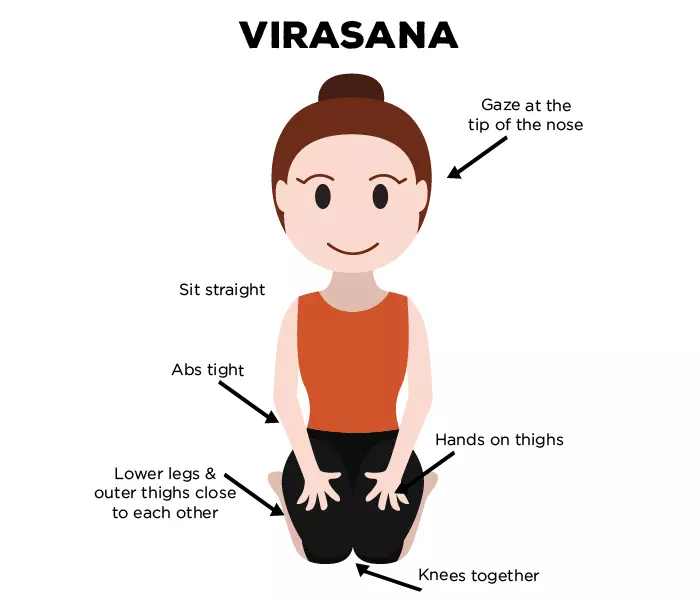

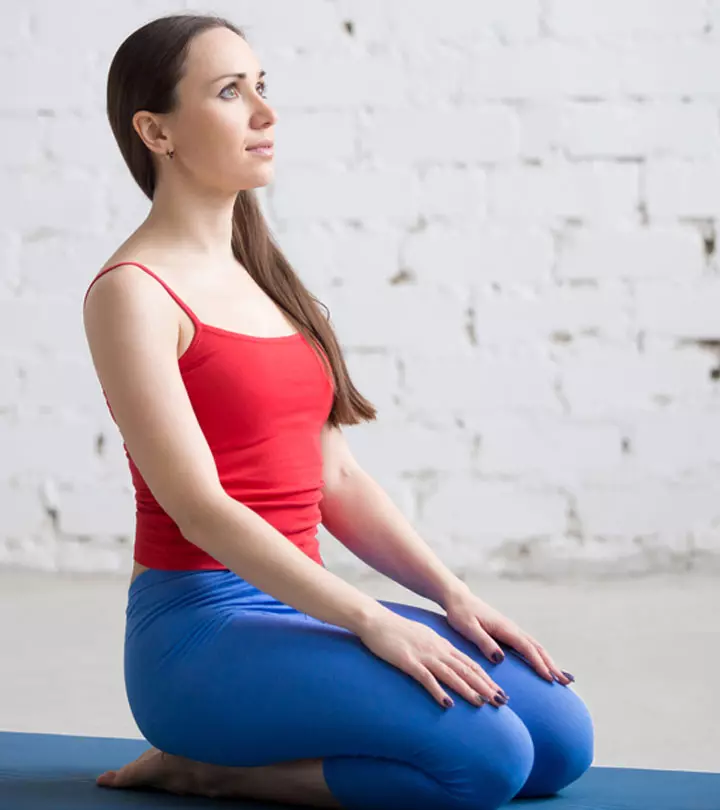
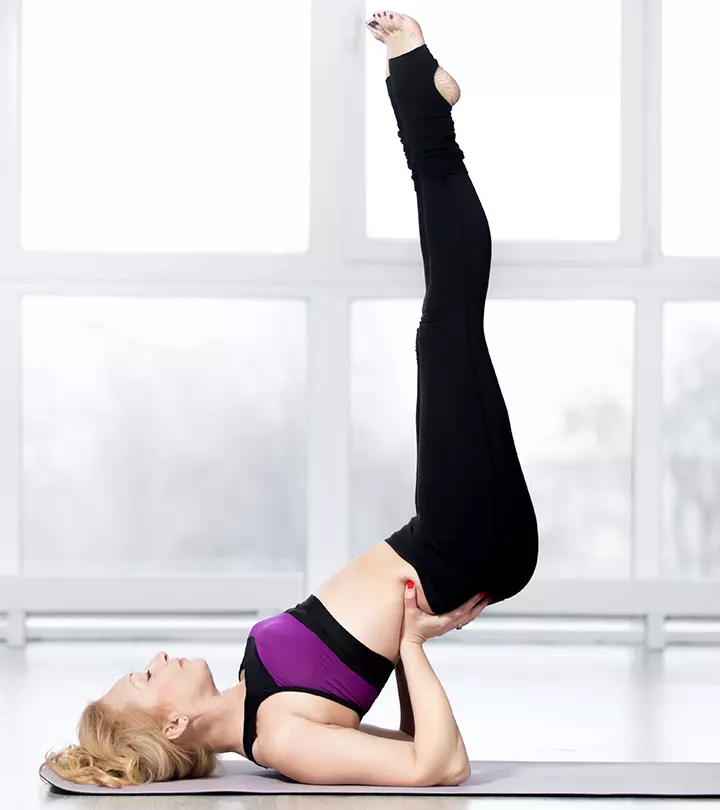



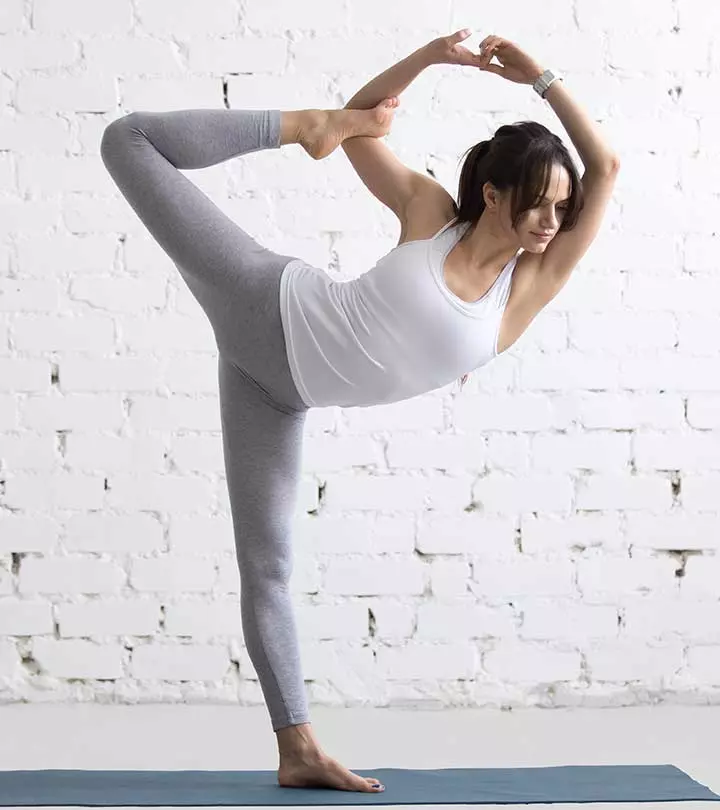
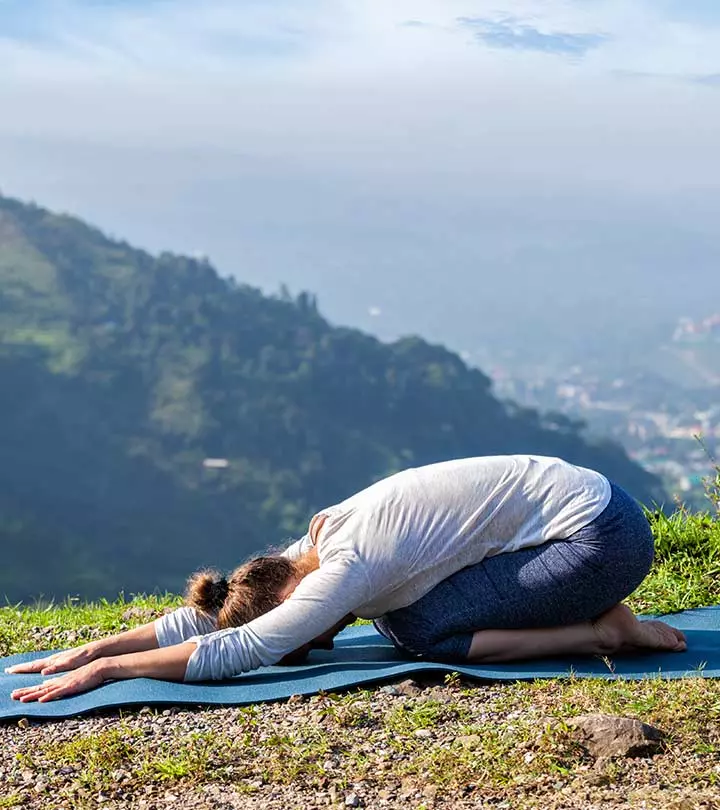
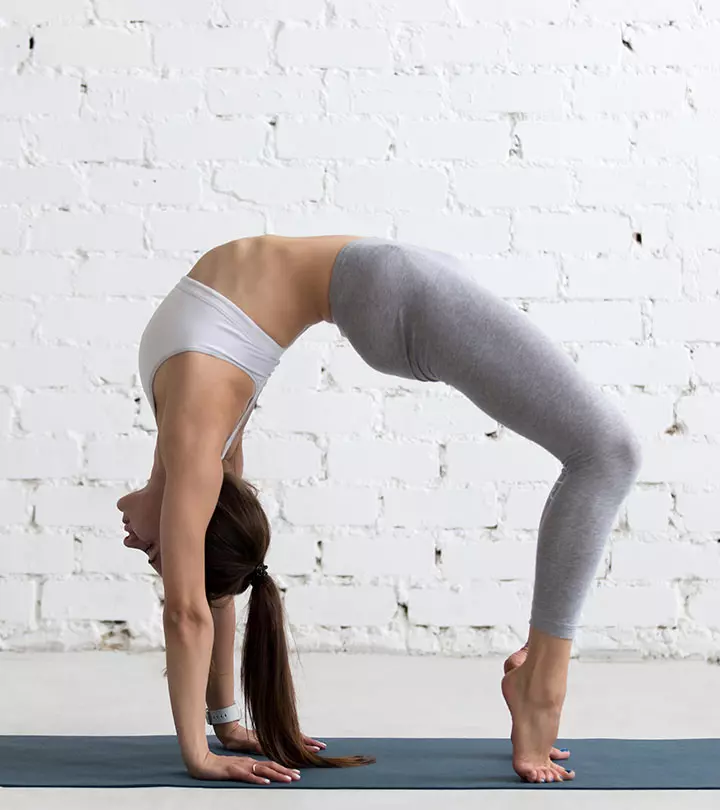
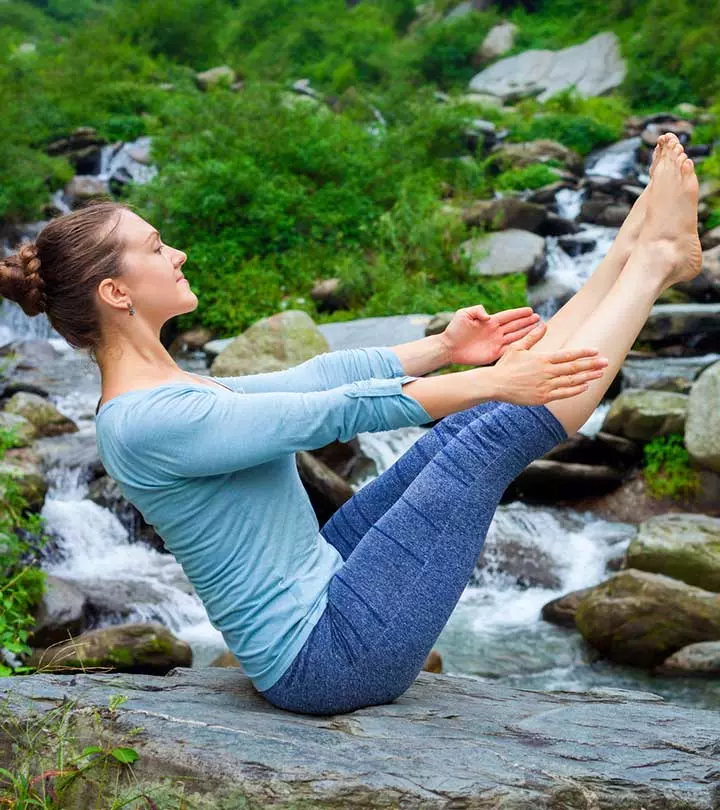

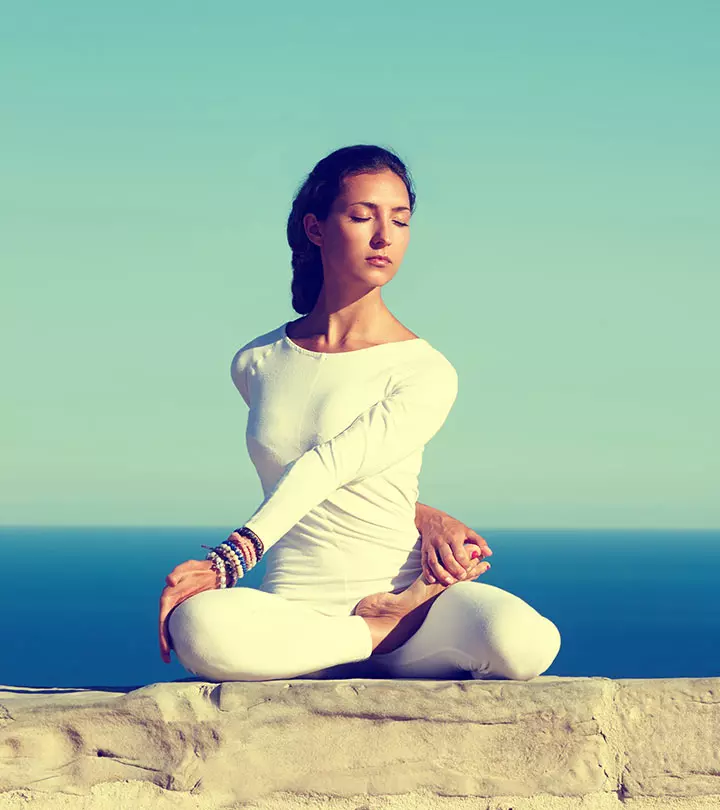



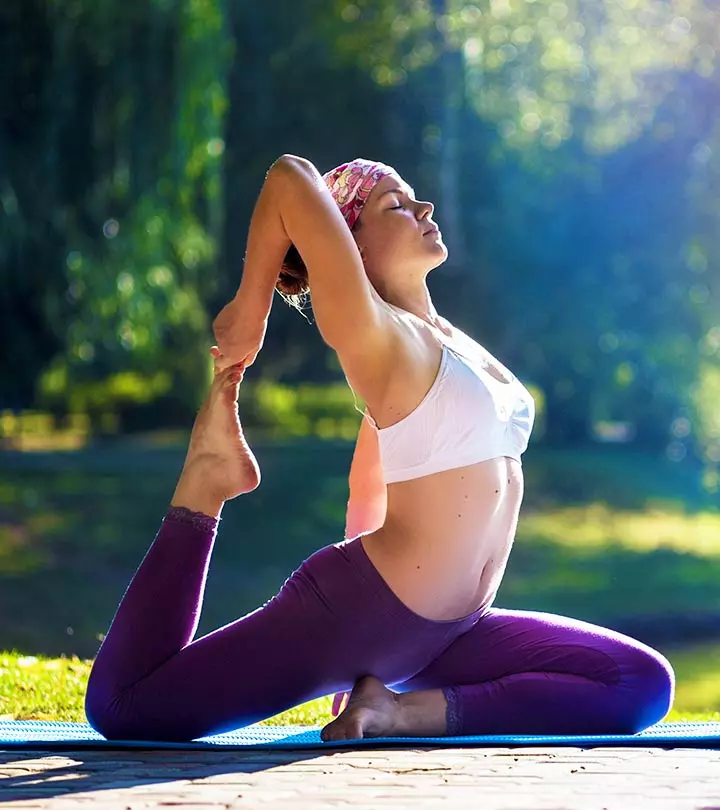

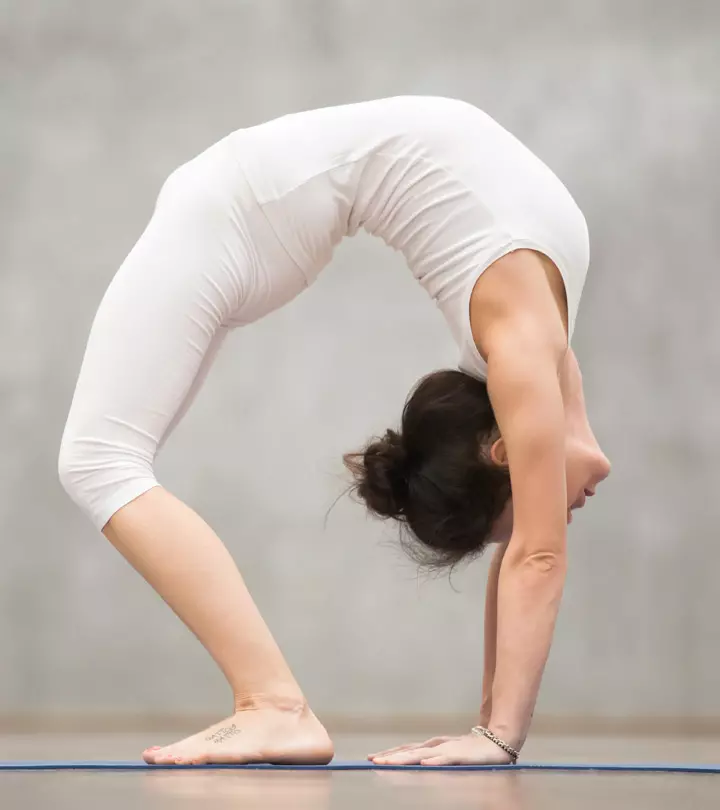


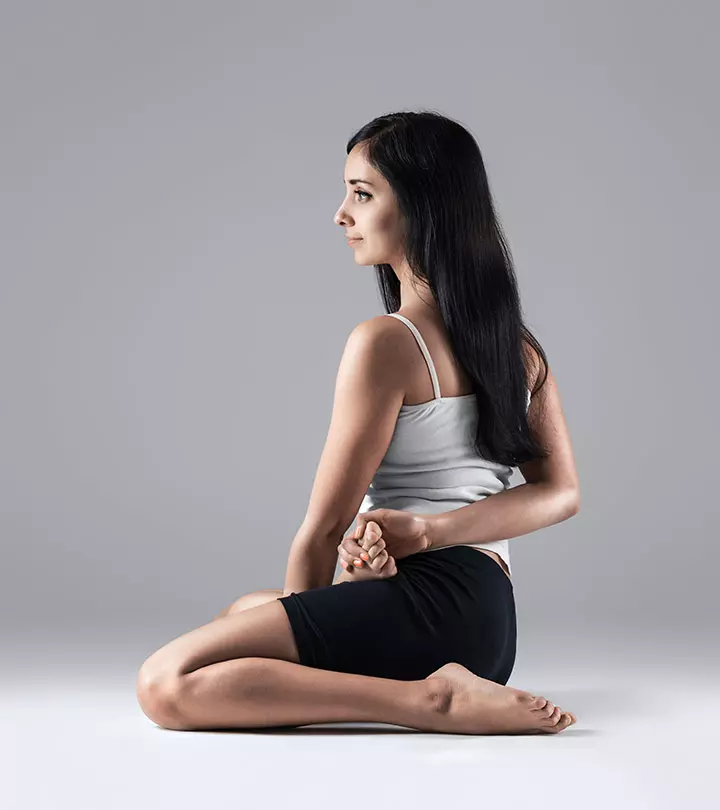
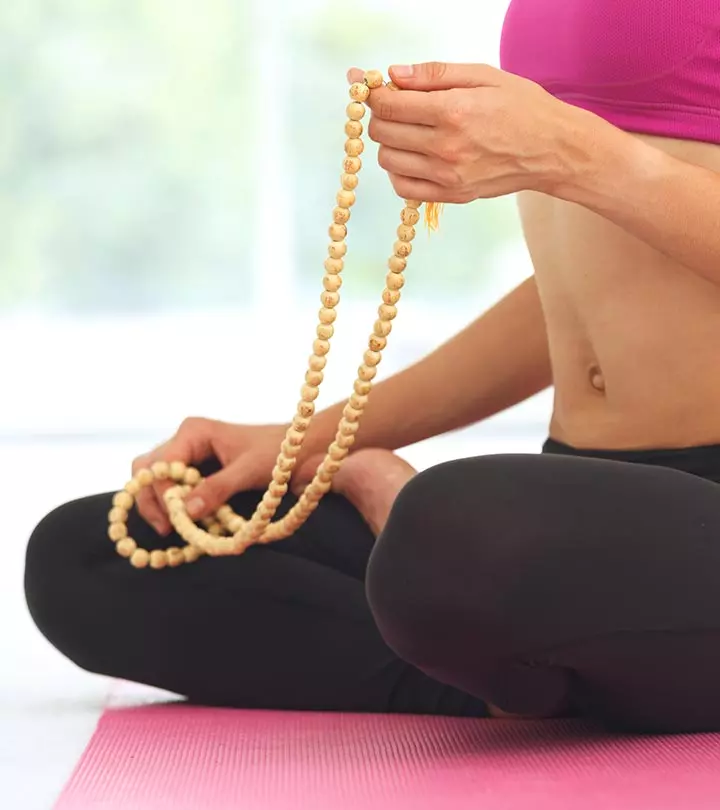
Community Experiences
Join the conversation and become a part of our empowering community! Share your stories, experiences, and insights to connect with other beauty, lifestyle, and health enthusiasts.